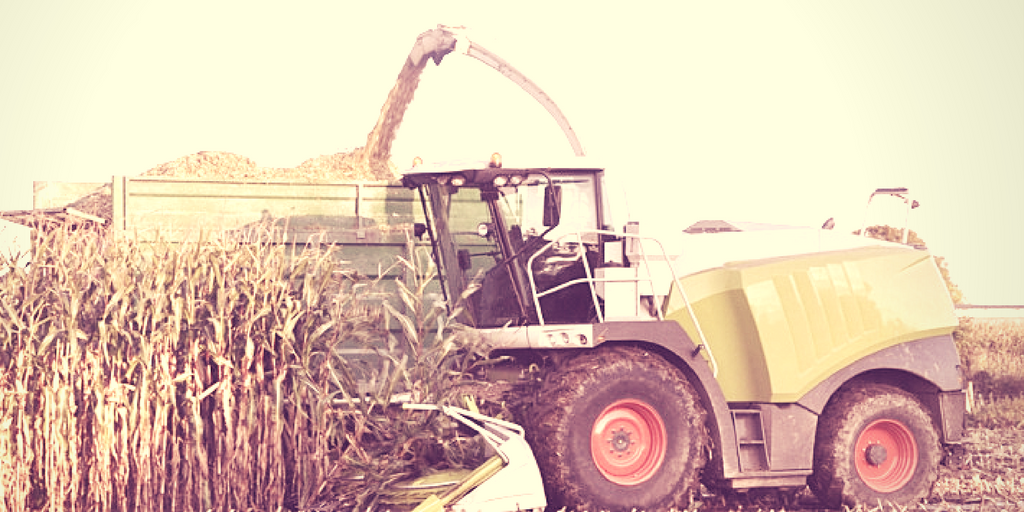German agriculture: structural changes

German agriculture is characterized by regionally different farm structures but in the midst of a transformation process. Rapid structural change is seen especially in animal production. Total production increased during the past decade due to intensification but the number of labour force decreased. Increasing land prices are an indicator for the sectoral growth. The situation has changed at the moment. Farm income has decreased rapidly due to very low producer prices.

Discussion about agricultural policy fluctuates between two poles: approval of growth and competitiveness on one side and more protection of the environment and more animal welfare on the other side. In society especially the aspect of animal welfare has gained growing importance. Policy tries to consider this through voluntary measures of producers, food industry and food retailing companies. The scientific advisory board on agricultural policy at the German ministry of agriculture has published a study on pathways to socially accepted livestock husbandry in Germany which found broad attention. But problems could arise with international competitiveness. For aspects of environmental protection like biodiversity losses and nutrient contamination a similar controversial discussion is seen. Smouldering conflicts are found as well for the question of direct payments and the national implementation. Some parties seek to support small farmers more at the expense of big farmers. This is also a regional conflict due to big differences in farm sizes in different German regions. Up to now the German policy has normally chosen a medium course. Policy appears therefore a bit without a concept. The advantage is that there are more options for the future.
Theodor Fock is professor of agricultural policy, political economy and environmental policy in Hoschchule Neubrandenburg in Mecklenburg-West Pomeraniums, in the agricultural department economics and sciences of food.
This content is available in French and German.






